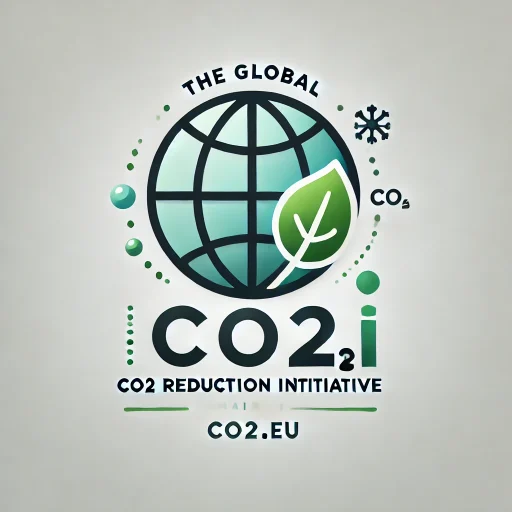Advancements in Carbon Reduction Activities in Europe (September 02-08, 2024)
This report provides a detailed overview of the recent advancements in carbon reduction activities in Europe announced between September 02, 2024, and September 08, 2024. The information is compiled from various credible sources to present an objective and comprehensive analysis.
1. EU Climate Law and Carbon Reduction Targets
The European Union has made significant strides in its climate policy framework. The EU Climate Law, which was agreed upon after months of negotiations, sets a legally binding target to reduce carbon emissions by 55% by 2030 compared to 1990 levels. This target was initially announced in December 2020, but recent pressures from the EU Parliament and environmental groups have pushed for more ambitious goals.
Additionally, the law includes a limit on the levels of CO2 removal that can count towards the 2030 target, ensuring that states actively lower emissions rather than relying solely on carbon removal through natural means like forests.
Source: BBC News
2. Carbon Removals and Carbon Farming
The European Commission has introduced the Carbon Removals and Carbon Farming Certification (CRCF) Regulation, which was adopted by the European Parliament on April 10, 2024. This regulation establishes the first EU-wide voluntary framework for certifying carbon removals, carbon farming, and carbon storage in products across Europe. The CRCF Regulation aims to facilitate investment in innovative carbon removal technologies and sustainable carbon farming solutions while addressing greenwashing concerns.
Permanent carbon removals refer to human activities that remove CO2 from the atmosphere and store it securely for several centuries. Examples include geological formations, forests, soil, and long-lasting products like bio-based construction materials.
Source: European Commission
3. Net-Zero Industry Act
The European Parliament is set to adopt the Net-Zero Industry Act, which aims to bolster Europe’s production of technologies needed for decarbonization. The act sets a target for Europe to produce 40% of net-zero technologies, such as solar panels, heat pumps, and electrolysers, by 2030 and to capture 15% of the global market value for these technologies. The legislation also addresses challenges in scaling up manufacturing capacities and simplifies the permitting process for projects.
Source: European Parliament News
4. Fit-for-55 Package and ReFuelEU Plan
The Fit-for-55 package, part of the broader European Green Deal, aims to achieve a 55% reduction in the EU’s greenhouse gas emissions from 1990 levels by 2030. The package includes regulations on the deployment of alternative fuels infrastructure and the use of renewable and low-carbon fuels in maritime transport. These regulations will come into effect in 2024 and 2025, respectively.
Source: Norton Rose Fulbright
5. EU Wind Power Package
The EU Wind Power Package, launched on October 24, 2023, includes a dedicated EU Wind Charter and an online permitting tool to ensure swift implementation of the revised Renewable Energy Directive. The package aims to enhance auction design and promote the use of renewable energy technologies.
Source: Norton Rose Fulbright
6. Carbon Border Tax
One of the most eye-catching proposals in the Fit-for-55 package is the carbon border tax on goods like steel, cement, and fertilizer. This tax aims to ensure that European industry, which has to pay for carbon permits, can compete globally. However, the proposal is contentious and could spark trade disputes with major economies like China and the US.
Source: BBC News
Conclusion
The recent advancements in carbon reduction activities in Europe demonstrate a strong commitment to achieving climate neutrality by 2050. The EU’s comprehensive approach, which includes legally binding targets, innovative regulations, and substantial investments in green technologies, sets a robust framework for tackling climate change. However, the success of these initiatives will depend on effective implementation and international cooperation.
For further details, please refer to the sources provided.

Recent Comments